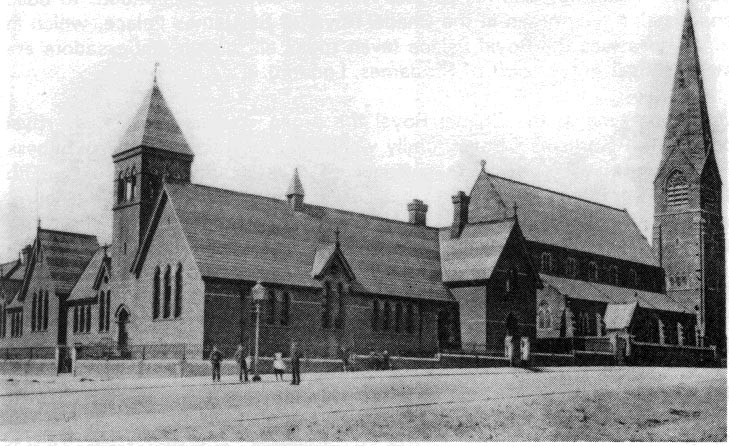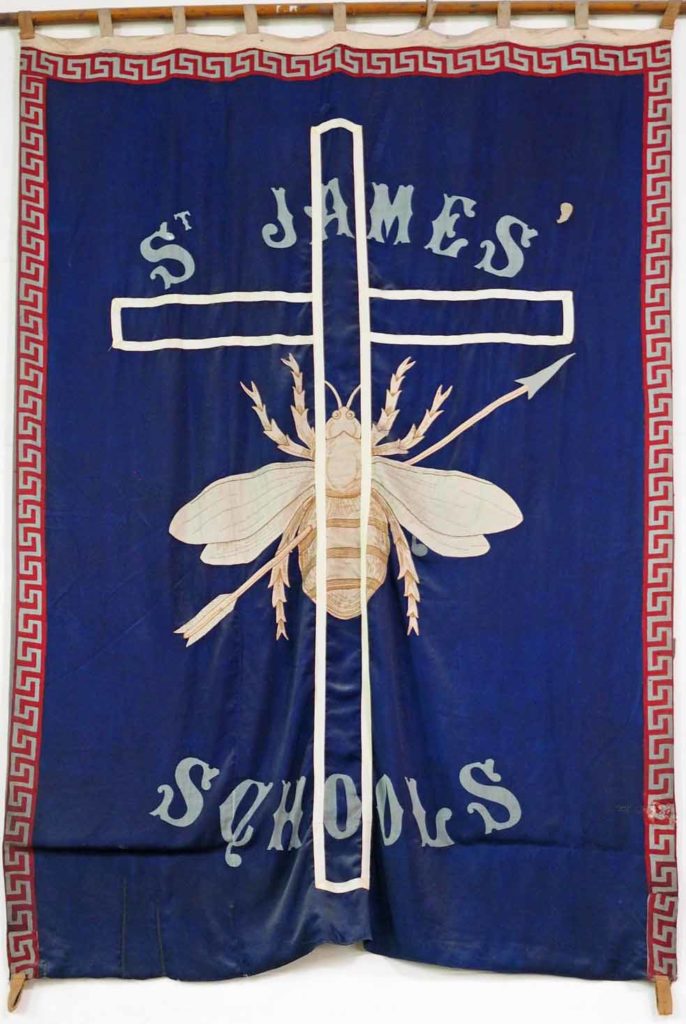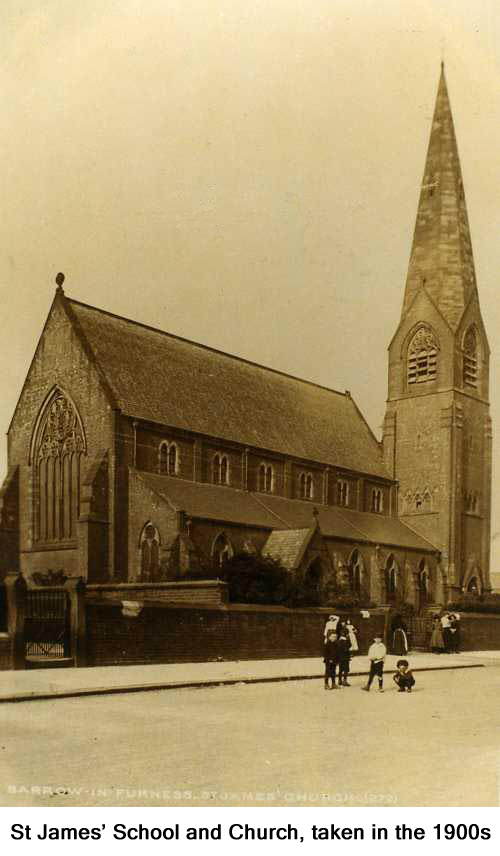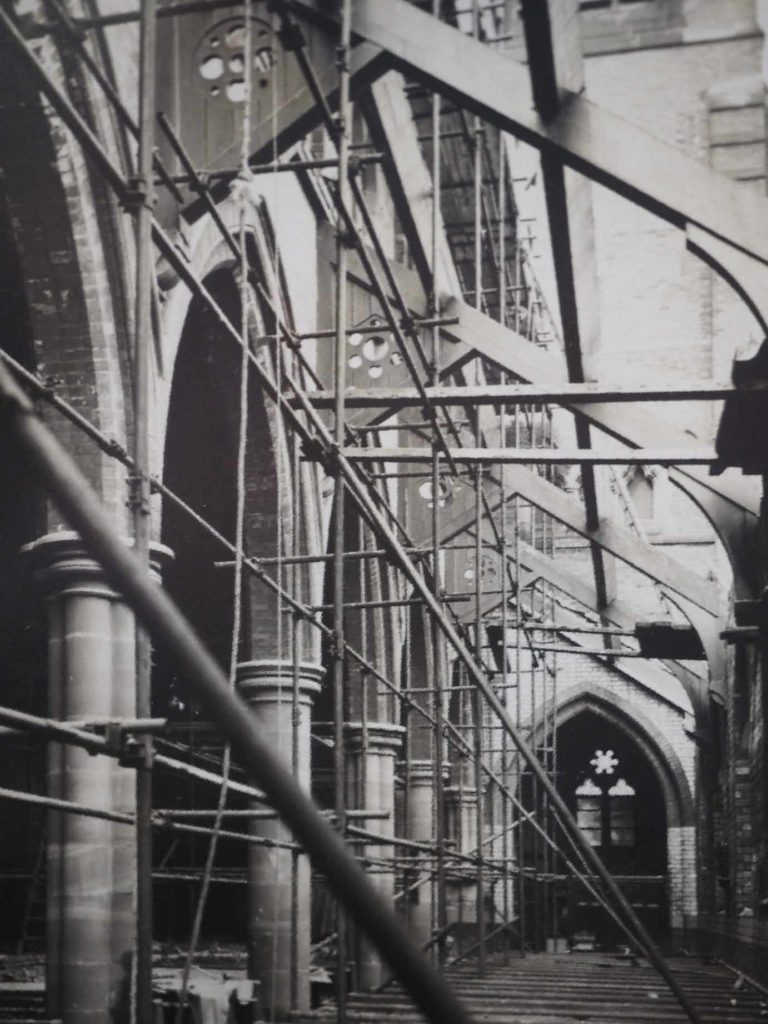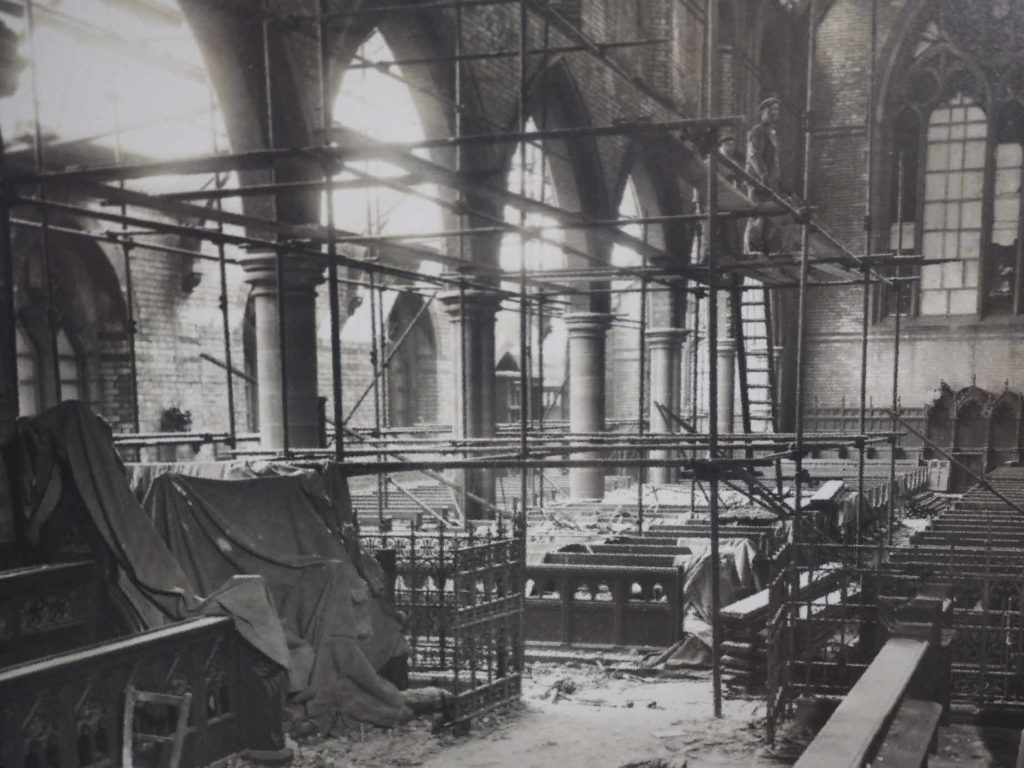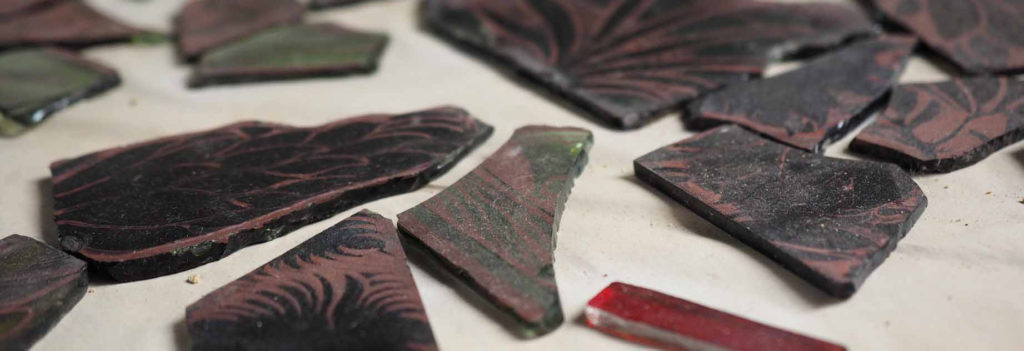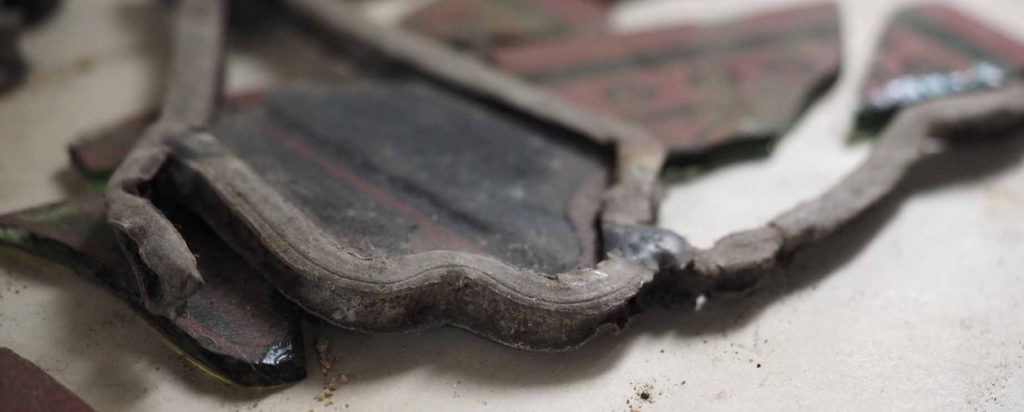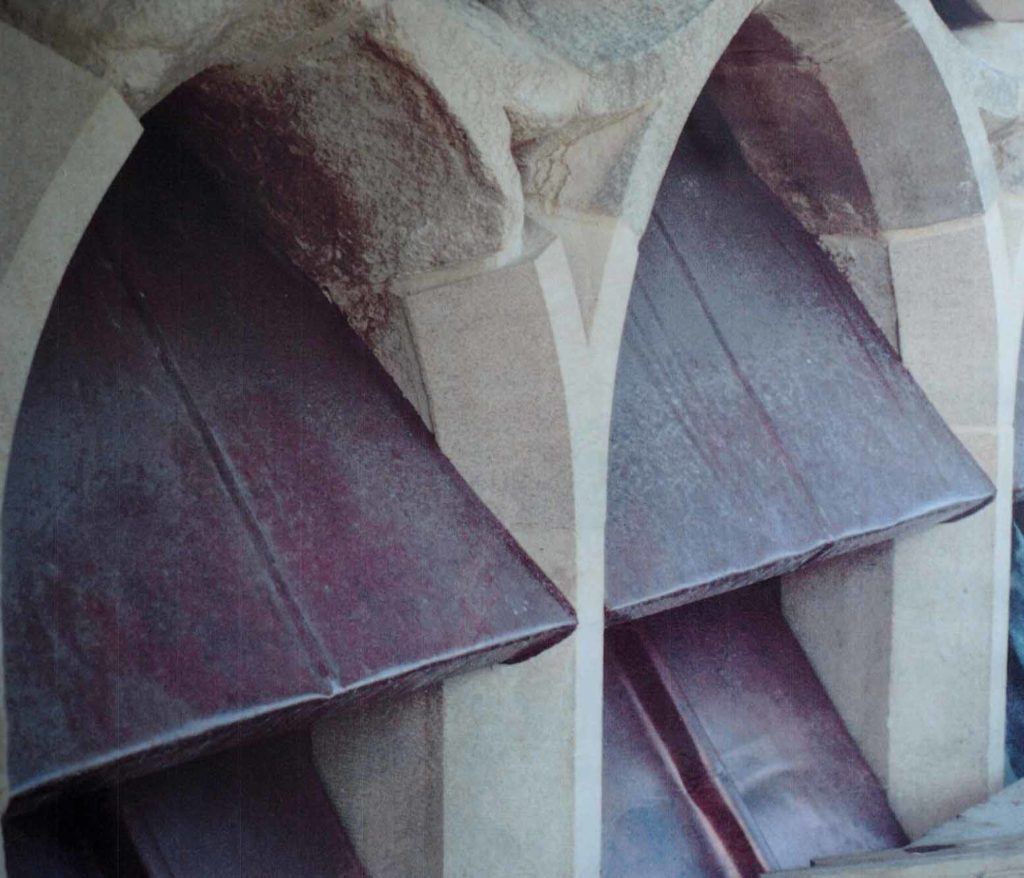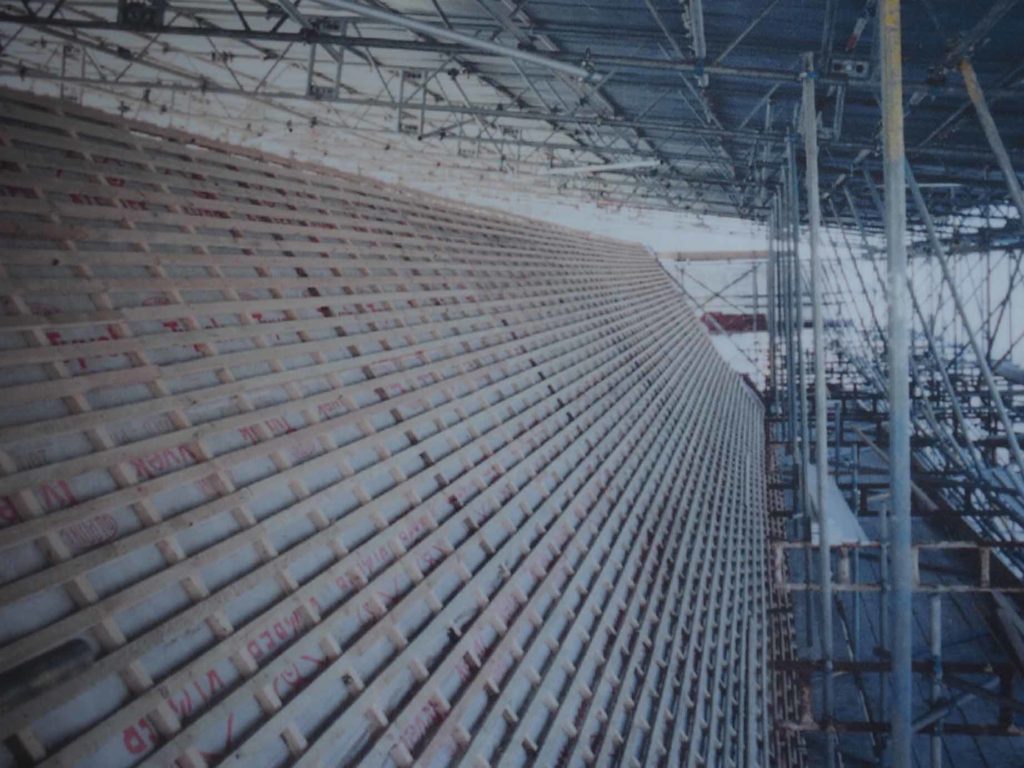Hindpool – The Parish Church
The origin of Hindpool is “hynepulle” (a pool from which the hind drink, hind being the female of the red deer that once lived in the area). The history of the parish is inevitably bound up with the huge Iron and Steelworks developed in the district by Schneider and Hannay. This brought thousands of workers from the Midlands – from towns like Dudley, Netherton, Wolverhampton, Darlaston and Birmingham, where the British Steel industry was centred. The workers came north to the “New Town”, hopefully to enjoy a better life for themselves and their families in the same way that many left Britain in the 1950’s/1960’s and emigrated to Australia, Canada etc., in search of a better life.
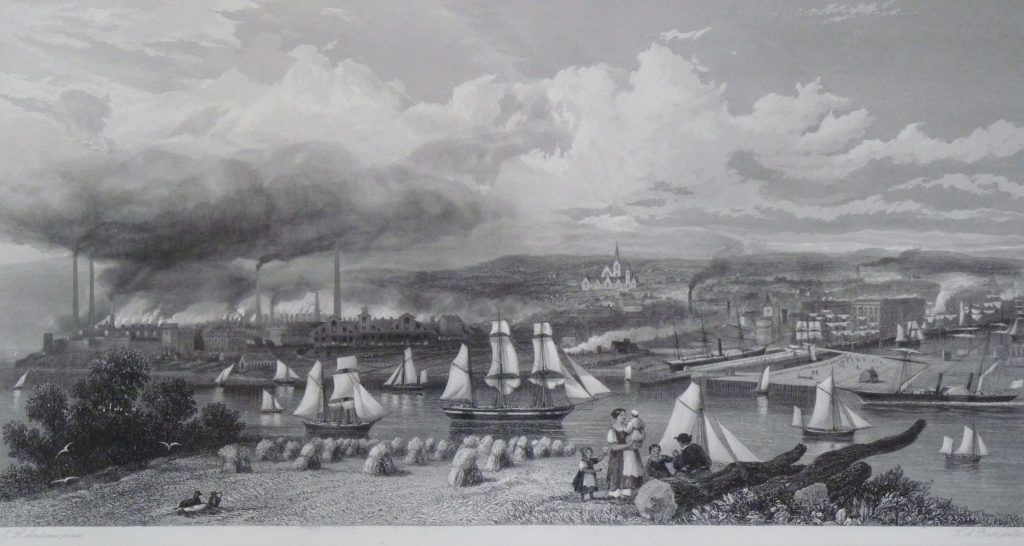
What the early immigrants to Barrow found was hustle and noise – a British equivalent of the gold rush in America – but work there was in abundance. By this time James Ramsden had begun to lay out his plans for the new town and Hindpool was the ideal place to lay out an ordered district of straight streets in a “block” plan, and to build a school and church to serve the community – Hindpool began to grow around the expanding Iron and Steelworks – a town within a town.
There was one church (St. George’s) already established in Barrow, near the town centre (the Strand – Albert Street area), but Hindpool was a considerable distance to have to walk through streets literally strewn with pubs and drinking houses – whose clientele rolled from pub to pub.
A second Church of England building was deemed necessary within Hindpool – but a school was the first priority, one which could combine the dual role of school and church, until a church could be established.
The school was officially opened on January 14th 1867, and a service of dedication was held by the first vicar of the newly established parish – The Reverend R. P. Manclarke.
Church services were held there each Sunday and sometimes in the pattern shop of the Iron and Steelworks. The first recorded church service (Anglican) was held in the school on Epiphany Sunday (January 6th) 1867.
The site for the church (alongside the school) was a gift from the Duke of Devonshire, and the moneys for the building were provided by the Directors of the Iron and Steelworks. The architect chosen to design the building was Edward Paley (who had previously designed St. George’s church). However during the planning of St. James, he was joined by a young man named Herbert Austin – and they together were to become famous for designing many churches throughout Lancashire and beyond.
The church’s consecration and dedication took place during Whitsuntide on Tuesday May 18th 1869 and was conducted by Bishop Anderson of Rupertsland (Canada).
It was a great day of celebration for the area, which at last had a church of which it could be justly proud – not only did the parish celebrate but the civic leaders too. For it was the occasion on which the Mayor of Barrow (Mr. James Ramsden) wore for the very first time the gold chain and regalia of the newly created County Borough of Barrow-in-Furness, as he walked in procession from the Town Hall to St. James Church. The church was filled with over a thousand people and the over-spill filled the church grounds.

In September 1900 a mission church (formally a Board school) was licensed by the Bishop of Carlisle in Clive Street, on what is now part of Craven Park Football Ground (home of Barrow Rugby League Club). The first communion being held on Sunday October 14th 1900. The adjacent building also served as a parish hall until a new one was built in 1932 in the vicarage grounds in Hartington Street.
St James was to become a church for all people, from the humblest worker in the Iron and Steelworks, to the city fathers like James Ramsden, G. S. Heath, Edward Wadham and their families.
The church was described by Sir Nicholas Pevsner, the famous church historian, as the finest of all the Barrow churches, containing the architectural rarity of brick arches resting on sandstone pillars.
In May 1941 the church was severely damaged during German air raids on Barrow – the masonry survived intact but the the roof was badly damaged
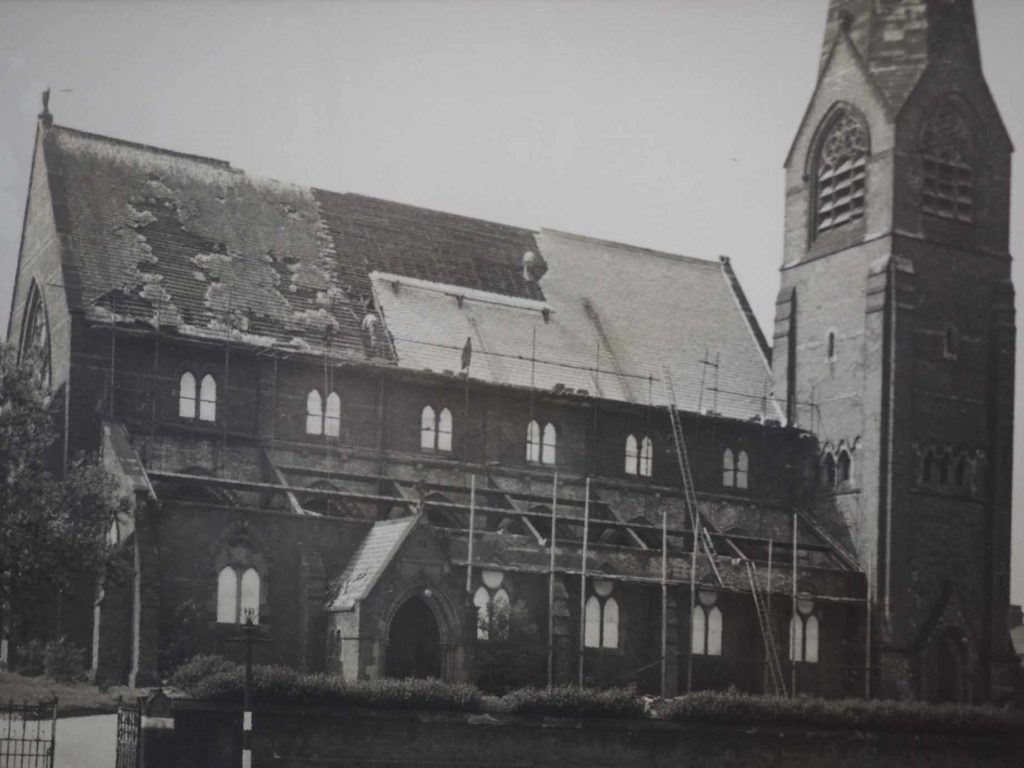
Fifteen of the lovely stained glass windows were destroyed including the beautiful West window, but the stained glass window commemorating those that fell in the first world war survived the blast (protected by the main door on the opposite side of the church).
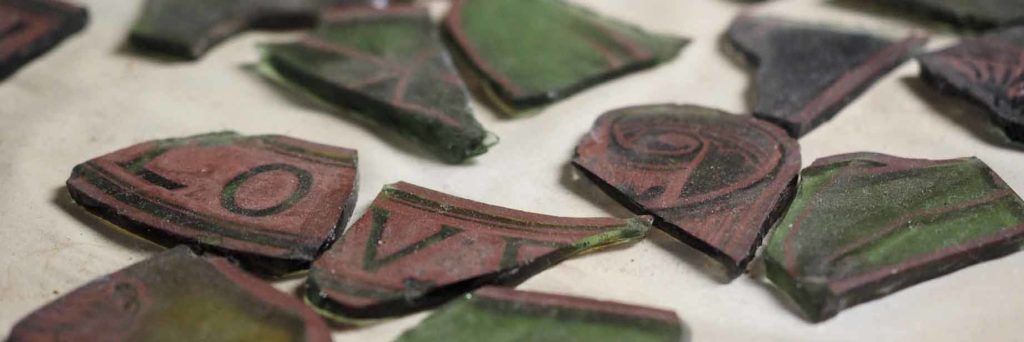
The organ was also damaged, and removed for safekeeping until the church could be restored. In the church tower a floor crashed down on to the bells. Although surrounded by devastation the church of St. James remained a great symbol of Christianity to the townsfolk during those bitter years – A BEACON OF HOPE
Recent History
In 1999 the church closed for a massive restoration project to the fabric of the church building, to re-roof the church, and replace the West window stone tracery, repair and replace other masonry including windows of the tower, and restore the louvres.
It required a huge effort including getting the historic building classification elevated from Grade 2 , to Grade 2* listing, and fundraising around £1million with superb support from town and local community, charitable trusts.
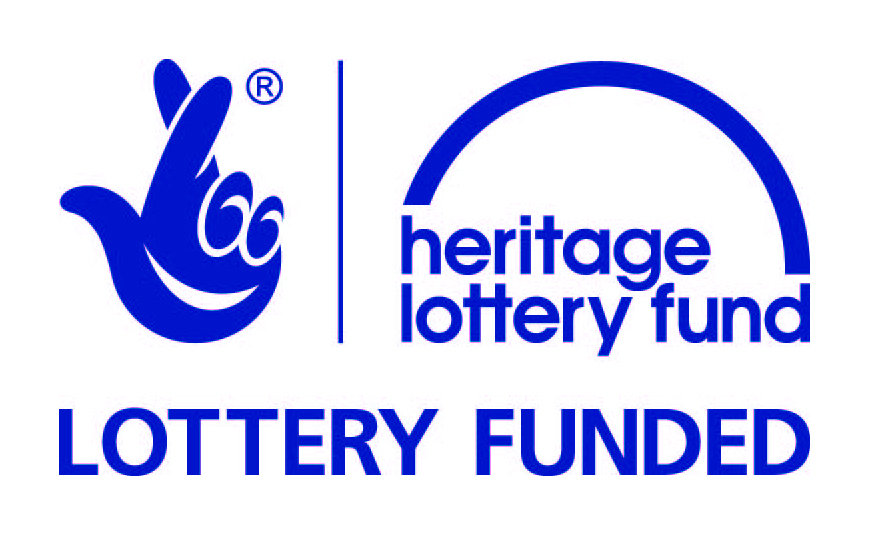
The lion’s share of the funding was provided by a successful grant application to the Heritage Lottery Fund, who were able to award a large enough grant to enable work to proceed thanks to all those who support the national lottery, and through it projects like ours.
The church was shrouded in scaffolding until the work completed in about 2002 (to be confirmed).
When the church reopened, the bells were inspected and were deemed to be unsafe to ring. They had been difficult to ring prior to the church restoration due to pollution and salt air from the winds from the prevailing seaward winds. These played havoc with metal fixtures and fittings which had rusted away, softening of wooden frame and wheels, and thick corrosion (verdigris) to the bells too. The closure had taken a further toll (excuse the pun) andthe bells were mothballed until time allowed a new fundraising campaign to bring them back to life.
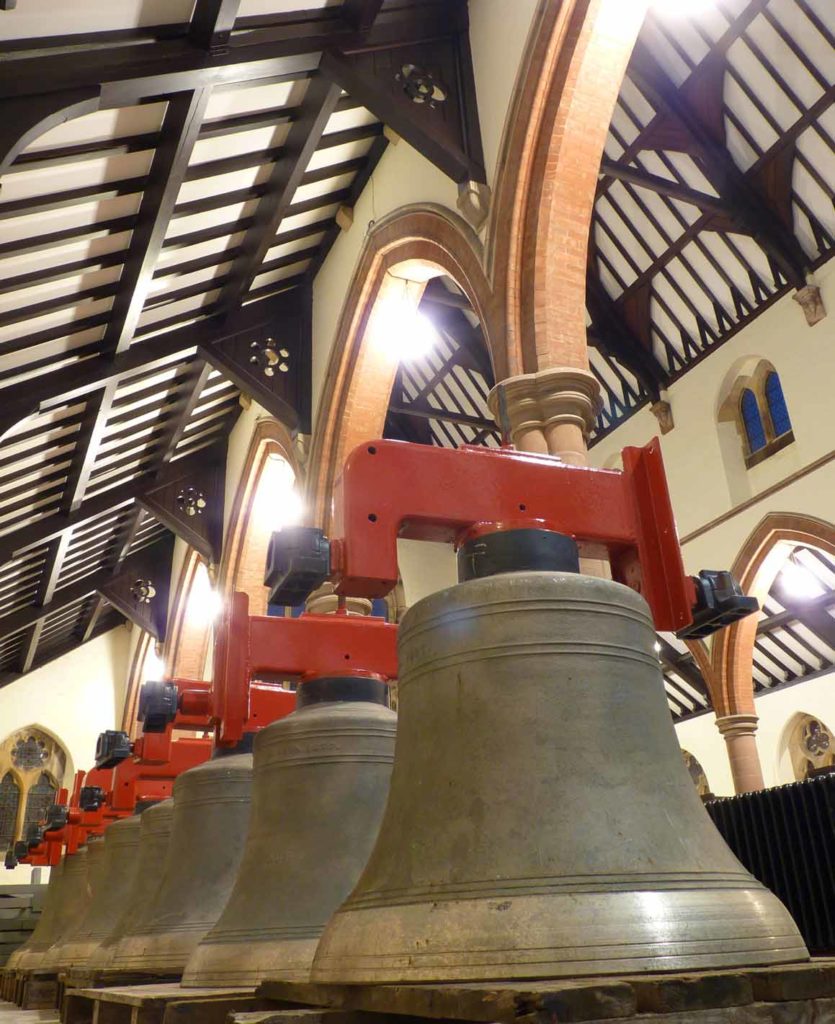
Coming so soon after a major fundraising campaign and restoration of the church, a restoration campaign was not expected for some years – possibly a generation. The bells page picks up the story, but in summary a campaign began as early as 2009, and with the support of community, local businesses and charitable trusts, and a grant from HLF for the princely sum of £74,400, the restoration was completed in 2014, with the re-dedication service held on Sunday 9th March 2014.

